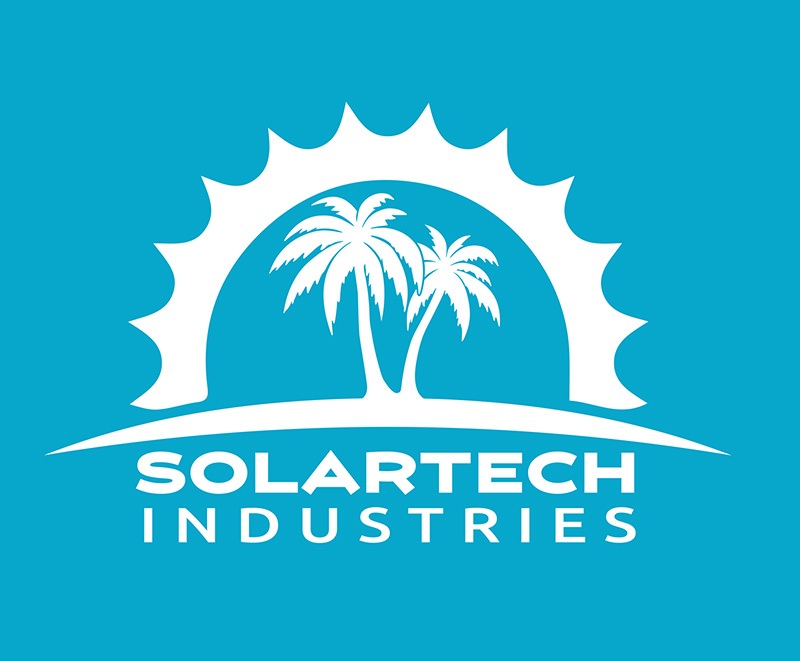Solar FAQ’S
Frequently Asked Questions
How long will it take to have my Solar PV system running?
How much does Solar PV cost?
Whatʻs the difference between Solar Hot Water and Solar PV?
Whatʻs the difference between String Inverters and Micro Inverters?
Can I be completely off ʻthe gridʻ when I buy Solar PV?
If I buy battery storage, will I always have power, even when the grid goes down?
Whatʻs the difference between HECOʻs CGS+ and CSS programs?
The primary difference between CGS+ and CSS is what happens with any unused solar production. With CGS+, you may receive a small credit (currently $0.10/kWh) for power that your solar system produces and that is NOT consumed by your home. This is sometimes refered to as ‘feedback’ to the grid. With CSS, there is NO ability to ‘feedback’ any power to the grid. We encourage you to read up on the different HECO programs that are available for solar PV here on Oahu.
How big of a water tank should I buy if Iʻm switching to Solar Hot Water?
How many solar collectors will I need for my Solar Hot Water system?
Will I have to upgrade my HECO meter when I switch to Solar PV?
What factors go into the size of Solar PV system that I need?
Iʻm planning to add more AC to my home in the future, how will this impact the size of Solar PV system that I need to buy?
Will my Ensemble™ energy management technology system automatically switch to backup during grid outage?
How big of a system do I need to back up my home?
Please use the Enphase web-based system estimator tool here to get an estimate of the required system size for your home. At SolarTech we will review your energy needs and lifestyle to help determine the best system size for your home.
Will my solar PV system continue to produce power when there is a grid outage?
Do I need to reduce my energy consumption during a grid outage?
Is Ensemble™ energy management technology safe?
Where are Ensemble™ energy management technology system components typically installed?
Does an Ensemble™ energy management system require any regular maintenance?
Do you have examples of solar projects that SolarTech has completed here in Hawaii?
Yes, we sure do. We welcome you to jump over to our SolarTech YouTube Channel as we continue to update video examples of solar projects that we have done and are doing here in our Hawaii home.
Be sure to Contact Us for a free and no-obligation site visit to discuss your desire to implement solar and start experiencing energy savings.
What is the length of warranties for Ensemble™ energy management technology system components?
The Encharge™ storage system and Enpower™ smart switch are covered with a 10-year limited warranty. IQ™ microinverters are covered by a 25-year limited warranty. You’ll have the peace of mind knowing that every product is manufactured and protected by a single company, Enphase.
Frequently Asked Questions
How long will it take to have my Solar PV system running?
How much does Solar PV cost?
Whatʻs the difference between Solar Hot Water and Solar PV?
Whatʻs the difference between String Inverters and Micro Inverters?
Can I be completely off ʻthe gridʻ when I buy Solar PV?
If I buy battery storage, will I always have power, even when the grid goes down?
Whatʻs the difference between HECOʻs CGS+ and CSS programs?
The primary difference between CGS+ and CSS is what happens with any unused solar production. With CGS+, you may receive a small credit (currently $0.10/kWh) for power that your solar system produces and that is NOT consumed by your home. This is sometimes refered to as ‘feedback’ to the grid. With CSS, there is NO ability to ‘feedback’ any power to the grid. We encourage you to read up on the different HECO programs that are available for solar PV here on Oahu.
How big of a water tank should I buy if Iʻm switching to Solar Hot Water?
How many solar collectors will I need for my Solar Hot Water system?
Will I have to upgrade my HECO meter when I switch to Solar PV?
What factors go into the size of Solar PV system that I need?
Iʻm planning to add more AC to my home in the future, how will this impact the size of Solar PV system that I need to buy?
Will my Ensemble™ energy management technology system automatically switch to backup during grid outage?
How big of a system do I need to back up my home?
Please use the Enphase web-based system estimator tool here to get an estimate of the required system size for your home. At SolarTech we will review your energy needs and lifestyle to help determine the best system size for your home.
Will my solar PV system continue to produce power when there is a grid outage?
Do I need to reduce my energy consumption during a grid outage?
Is Ensemble™ energy management technology safe?
Where are Ensemble™ energy management technology system components typically installed?
Does an Ensemble™ energy management system require any regular maintenance?
Do you have examples of solar projects that SolarTech has completed here in Hawaii?
Yes, we sure do. We welcome you to jump over to our SolarTech YouTube Channel as we continue to update video examples of solar projects that we have done and are doing here in our Hawaii home.
Be sure to Contact Us for a free and no-obligation site visit to discuss your desire to implement solar and start experiencing energy savings.
What is the length of warranties for Ensemble™ energy management technology system components?
The Encharge™ storage system and Enpower™ smart switch are covered with a 10-year limited warranty. IQ™ microinverters are covered by a 25-year limited warranty. You’ll have the peace of mind knowing that every product is manufactured and protected by a single company, Enphase.
